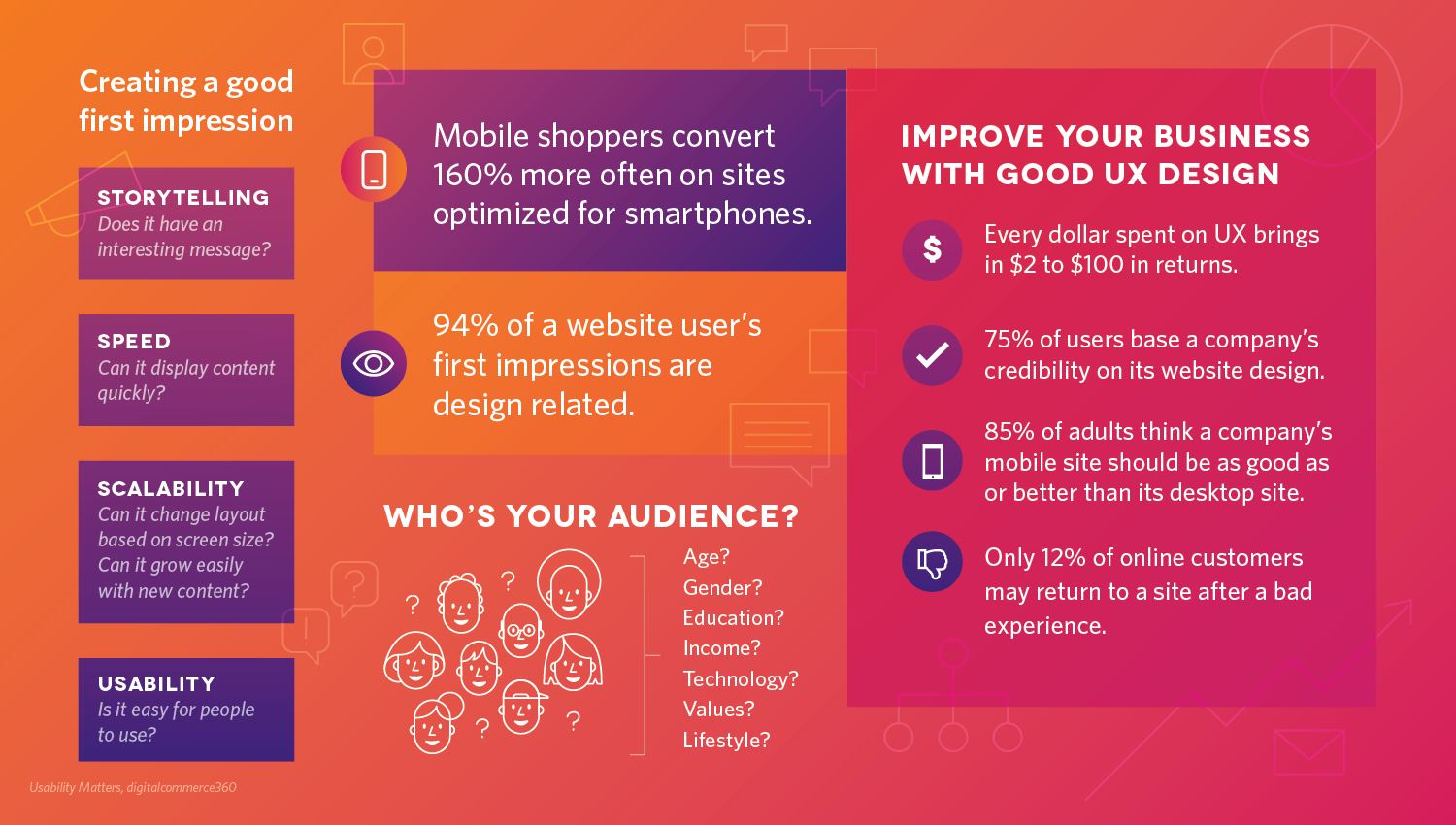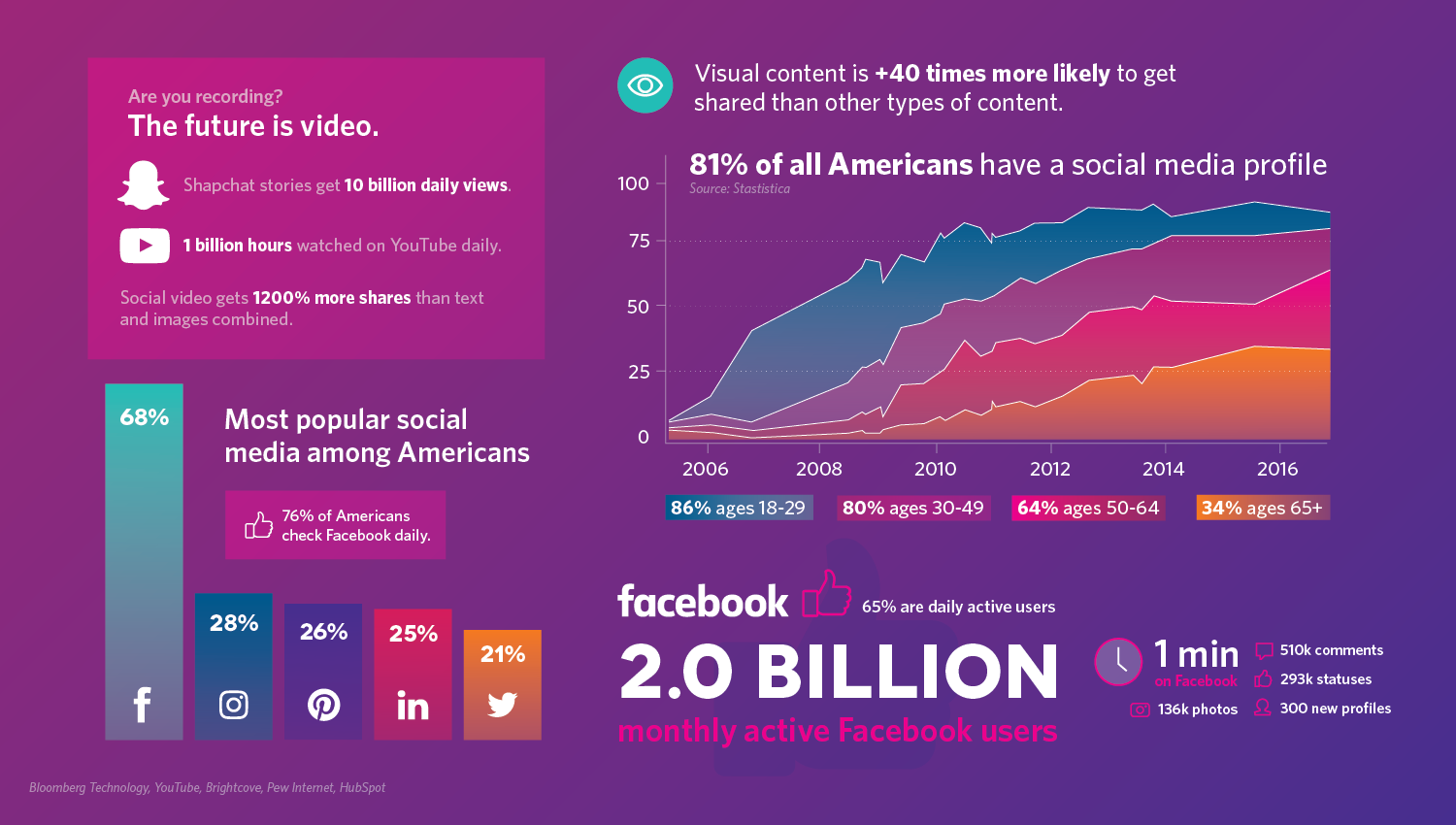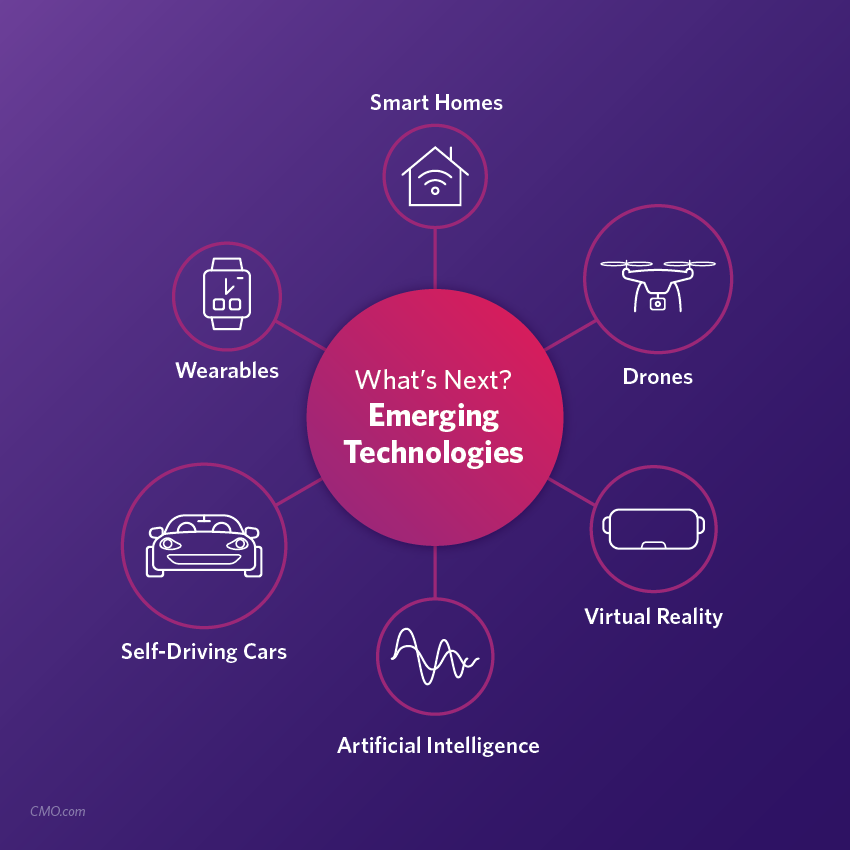
How well are you keeping up with today’s mobile-first world? [Infograph]
If you’re reading this on your phone, chances are you won’t be surprised to hear that most Americans own a smartphone (77%) and are web users (89%). Increasing rates of smartphone ownership and access to the web have changed our daily lives—and have increased our power as consumers.
Since the decade-old “smartphone revolution” our devices have become smarter and more capable, people are more likely to be smartphone dependent, expect seamless digital experiences, engage with intriguing content and seek new technology that is smarter, more powerful and integrated. Demand for smartwatches, smart speakers, and VR headsets has grown while ownership of desktop computers, tablets, and laptops has slowed down.
How do you, as a marketer or business owner, engage these advanced users who expect your brand or business to be just as competent with technology? We put together a short list of surprising facts to help inform your next digital marketing plan. We also dropped a few handy infographics with fun facts about technology, design and social media.
1. We’re more smartphone-dependent than ever.
Many of us feel as though we cannot live without our phones, and there’s some truth to that. After all, we spend 3 hours per day on our devices on average. Chances are you know someone who solely depends on a smartphone for internet and information access. Today nearly 1 in 10 Americans are smartphone dependent, meaning that they opt out of home broadband service and rely only on their carrier’s data plans and wifi connection to access the web. No one is sure why this trend is growing, but it may be related to financial or logistical roadblocks. People who are at lower income or education levels and who are nonwhite are more likely to be smartphone dependent. Optimizing mobile web experiences isn’t just thorough design, it’s sometimes the only way people can interact with your business.
Download the expanded technology infograph
2. Good mobile experiences matter for your business.
As more people rely on their smartphones for daily use, they expect quality experiences on those devices when they engage with brands. 85% of customers expect that a company’s mobile site should be as good or better than the desktop version. Creating a good first impression of your brand online is the key to higher customer conversions. Your web presence must capture your audience’s attention, establish credibility, send a message and make it easy for users to access your products and services.
85% of customers expect that a company’s mobile site should be as good or better than the desktop version.
75% of users base a company’s credibility on its website design, so don’t expect them to return if they have a frustrating or disappointing experience. Only 12% of online customers return to a site after a bad experience. If your website is smartly designed for on-the-go users, the returns could be astounding. Mobile shoppers convert 160% more often on sites optimized for smartphones, and every dollar spent on UX can bring up to $100 in returns.
Download the expanded UX/marketing infograph
3. Creating and sharing visual content is more prevalent than ever, thanks to smartphones.
Our advanced phone cameras allow us to share personal details easily on social media platforms, whose apps appear on 75% of mobile phones. In one minute on Facebook, 136,000 photos are shared. Humans are visual creatures, and technology has adapted itself to our habits. Apps, cameras and phones have all synced together to give us the instant ability to create, post and share visual content—from goofy filtered photos to livestream video. People love to share this stuff. Visual content on social media is more than 40 times more likely to be shared, and video tends to get 1,200% more shares than text and image posts combined.
It’s not just that images and videos are just shareable, likable, and clickable. If carefully created, chosen, and stylized, good graphic content increases engagement, retention, and recognition and promotes a positive experience with your brand.
Video content tends to get 1,200% more shares than text and image posts combined.
Ask yourself what kind of visual content would resonate with your users. Consider hiring a photographer, animator or videographer to tell your brand’s story in a more authentic way. Connect your brand to highly visual social media platforms, such as Facebook, Twitter, or Instagram, and invite your audience to join the party by encouraging them to submit photos to a shared feed.
Download the expanded social media infographic
4. The future of technology is everywhere.
Smart cars, smart watches, drones, 3D printing, VR, AI robots, smart fridges — the list keeps growing! Mobile phones have set the trajectory of emerging personal technology: we want our devices to be more interconnected, powerful and smarter. These tools have a multitude of uncovered personal applications, but with a little imagination, they can give your marketing strategy some spark — and pull yourself farther from the competition.
Consider this: what if you tried promoting your brand with one of these interesting devices? Why not demonstrate your products or services in a virtual reality demo rather than a whitepaper? Go beyond the Google Maps screenshot and get drone footage of your business location and operations. Send a 3D-printed prize to prospective clients, something so interesting they can’t put it down.




